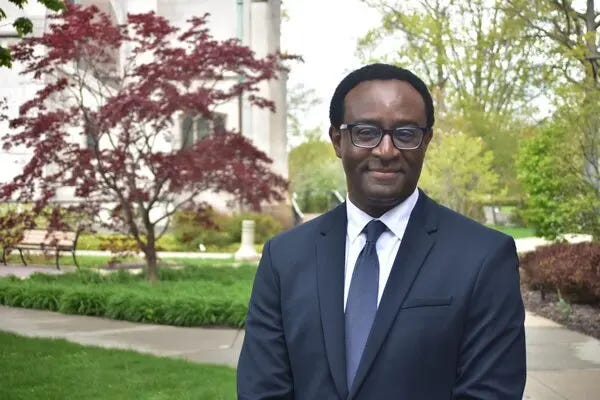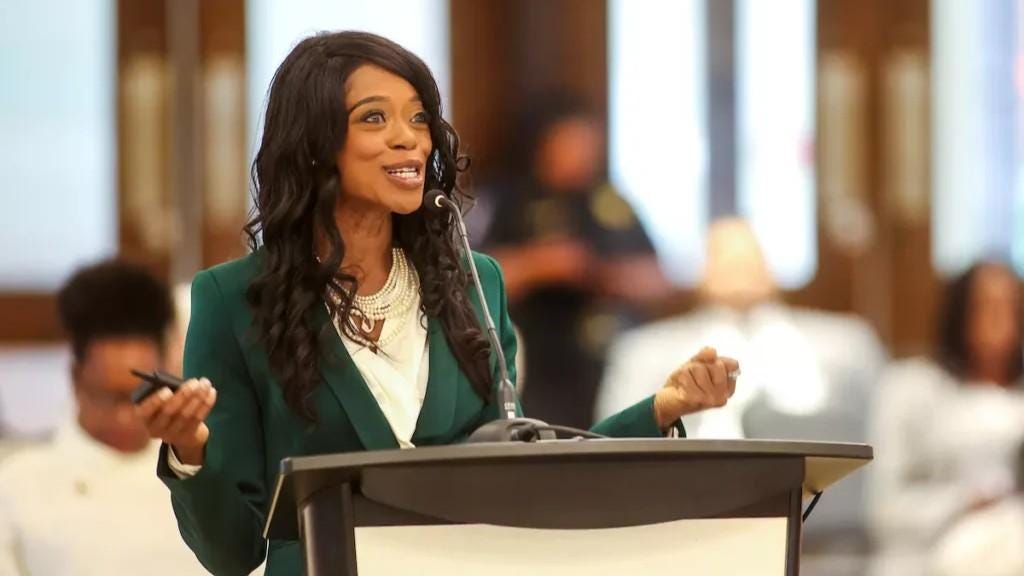Taking the Blame for Ben Vinson
Two groups at Howard University are responsible for the Ben Vinson presidency: the Presidential Search Committee and the Board of Trustees. His departure was as embarrassingly untimely as it was predictable for them, and it is unfair for the rest of us to have few answers to all of the questions they created two years ago with his hiring.
Vinson’s selection and investiture signaled that he was the best-qualified candidate for one of the most challenging jobs in all of education. But everyone knew that he wasn’t. He was the external candidate who could not be coached into a high-performing HBCU leader, not because of unwillingness but because of outright inexperience.
His lack of HBCU experience was considered a strength; if he could serve as an administrator at Case Western Reserve University, an R-1 institution, then he could serve well enough at an emerging R-1 institution like Howard. That lofty aspiration was not grounded in reality and very clearly ignores the financial, organizational, and operational barriers that Howard must overcome almost every year to survive as the nation’s preeminent Black institution.
HBCU leaders have a difficult, unenviable position that is as much art as it is science. They have to be devoted, disciplined, fluent in HBCU culture and expectations, and able to inspire and anchor fundraising initiatives while serving our students and the communities in which we are based.
HBCU leaders don’t have to be HBCU graduates, but it certainly helps when they can apply their personal HBCU experience as HBCU students and alumni to their leadership philosophy. A non-HBCU-educated leader can grow beyond their inexperience in the HBCU community and perform well.
Vinson was never destined for that growth. In fact, his tenure lasted only five months after the departure of Dr. Tashni-Ann Dubroy, the former Howard Chief Operating Officer, former Shaw University president, and a Shaw alumna who was also a finalist for the 18th presidency of Howard.
If the board can be credited for anything, it is that it had enough sense to appoint Howard President Emeritus Wayne A.I. Frederick as Interim President. Their decision was informed by Frederick’s deep institutional knowledge and proven leadership.
Frederick has been here before. He served as interim president for almost a year before being named as permanent president in 2014. His first turn at leadership began months after a scathing, internal letter written by a trustee was made public. This letter details the financial issues of the day (fewer enrolled students who can afford the cost of attendance, the Howard University Hospital's exorbitant drain on the institutional budget, insufficient fundraising, and diverse revenue generation).
The Board of Trustees hasn’t indicated that Howard is in dire straits as it was described in 2013. But it chose as interim the one person who has successfully led a turnaround from dire straits, from the same starting position.
Howard’s unofficial motto, “it’s lonely at the top” is as much about our Hilltop being the highest natural hill in Washington, D.C., as it is our status and position as America’s HBCU. The Howard president’s top priority is ensuring that his or her agenda and professional outcomes positively impact our campus community and simultaneously set the standard for all historically Black institutions.
If Howard can’t do it, no one can. And if it doesn’t have a strong president, no one will.
Frederick served for 10 years, and the outcomes of his leadership are more than highlights that stakeholders can take pride in. Those outcomes can be regarded as an instructional blueprint for the modern Howard presidency. Recalling President Frederick from retirement signals that the Presidential Search Committee and Trustees collaboratively made a grave error in choosing Vinson. They sacrificed their own years of partnership with Frederick to seemingly embrace a new era of research and scholarly approach to the view of the Howard experience for students and employees.
Howard moved forward under Frederick and never got close to maximum strength under Vinson. On his first day back, Frederick will find an institution that is financially, politically, and culturally weaker than it was when he turned it over two years ago.
Cleaning up a mess always requires more effort than making one. This is why leadership transitions are expensive, complicated, and have endless implications.
Some people will lose their jobs, poor performing departments may be placed in receivership, interim leaders will be hired or appointed, and it’s generally uncomfortable because change is happening. ‘Deep Institutional Knowledge’ is a cultural code for retaining memory and ensuring that the status quo is maintained, oftentimes against all odds. ‘Deep Institutional Knowledge’ is its own machine. In this instance, President Frederick will have almost two years of issues to address. Most of these issues are known only between the trustees and executives who will remain.
We may not have all the straight answers for why Vinson was hired and why he was seemingly fired, but two are very apparent and should guide the search for the 19th president of Howard. Every person who served on the search committee for Vinson should never again be trusted with such a role, and every trustee who didn’t listen to Frederick the first time should listen more carefully the next.



